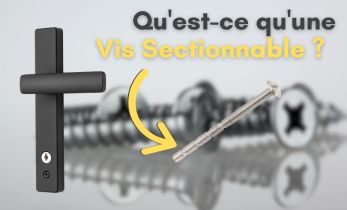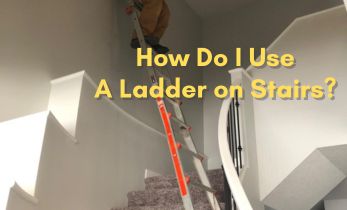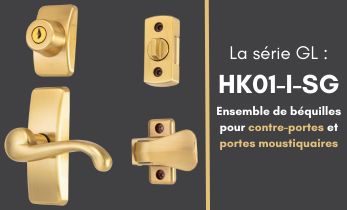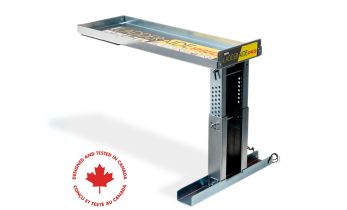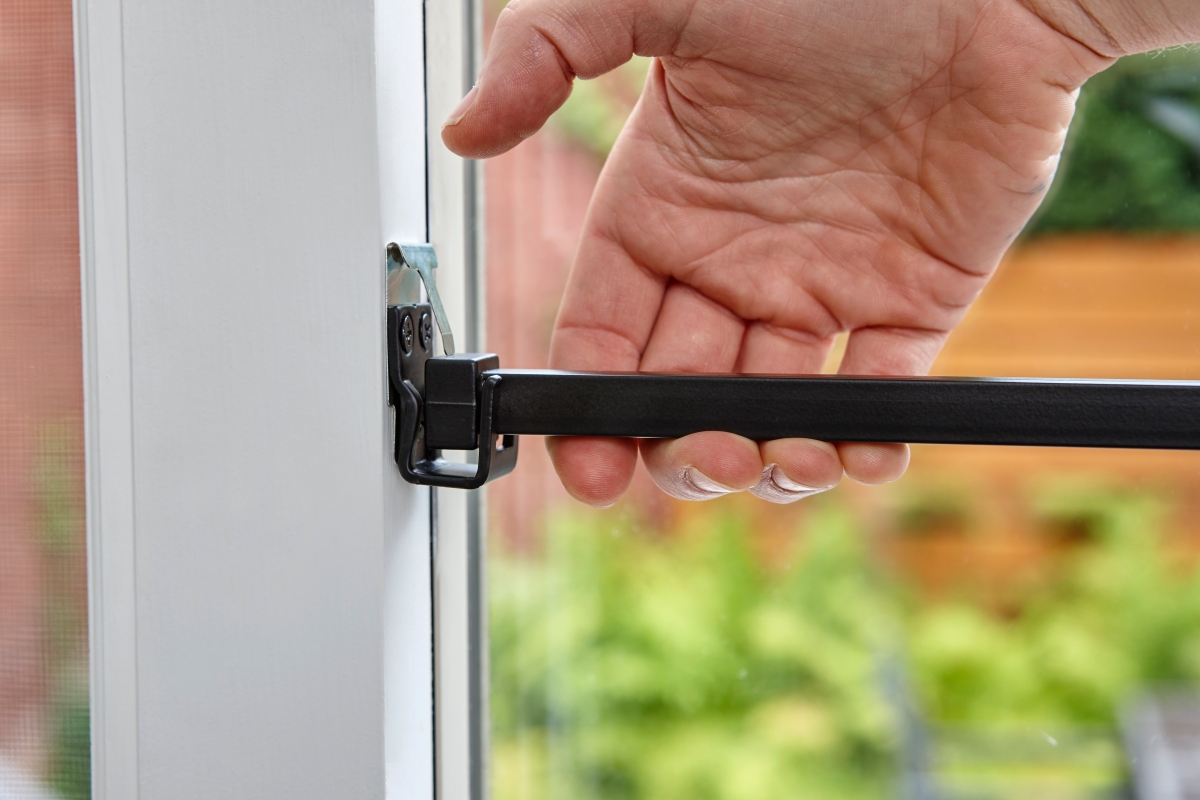Les vis à rupture, également connues sous le nom de vis sectionnable ou vis à casser, sont des vis plus longues qui présentent des points de coupe à différents incréments d’un quart de pouce sur la longueur de la vis.
Contrairement aux paquets de vis standard qui sont livrés avec la quincaillerie ou achetés séparément, les vis à rupture de pont offrent à la fois une polyvalence et une agence pour l’utilisation des vis. Elles constituent en outre une option écologique. Poursuivez votre lecture pour en savoir plus sur les vis à rupture brusque et sur quelques méthodes pour les couper à la longueur souhaitée.
Les avantages des vis de rupture
Lorsque vous achetez de la quincaillerie de remplacement pour votre maison, comme des pênes dormants et des poignées pour une porte moustiquaire, vous recevez souvent un paquet de vis avec de nombreuses vis destinées à différentes épaisseurs de porte. Il faut alors trier, mesurer et éventuellement perdre des vis, pour n’en garder que deux dont on a réellement besoin, le reste étant laissé à l’abandon ou gaspillé.
Les vis à rupture de pont résolvent ce problème en fournissant exactement le nombre dont vous avez besoin, généralement 2 pour les poignées de porte et les pênes dormants. Pour réduire l’encombrement inutile et faciliter la recherche et l’utilisation des bonnes vis pour les bons produits, une partie de la gamme de produits de quincaillerie pour contre-portes d’Ideal Security (listée ci-dessous) comprend désormais 2 vis à rupture de 3 po.
Les vis à rupture offrent également une certaine flexibilité ; vous pouvez ajuster leur longueur à vos besoins. Si vous préférez utiliser les vis de votre quincaillerie de contre-porte existant, ces vis réglables peuvent être facilement réutilisées pour d’autres projets. Il suffit de couper la longueur excédentaire selon les besoins.
Comment couper les vis de rupture
Avec les bons outils et une bonne prise en main, vous pouvez couper les vis à tête cassante à la longueur souhaitée. Regardez notre guide vidéo étape par étape pour apprendre à casser vos vis de rupture, et suivez les instructions ci-dessous.
Pour découper une vis de rupture, il suffit de :
- 1 à 2 pinces (ou un outil de serrage similaire)
- 1 mètre ruban ou règle
- 1 gabarit de vis Ideal Security pour le matériel à installer
- Tout d’abord, mesurez l’épaisseur de votre contre-porte, de la surface extérieure (où est installée la poignée ou la serrure à pêne dormant) à la surface intérieure (où est installée la serrure intérieure ou la serrure à pêne dormant).
- Une fois que vous avez mesuré l’épaisseur de votre porte, se référer au gabarit de vissage fourni avec la quincaillerie de votre contre-porte Ideal Security – l’épaisseur de votre porte sera associée à la longueur de vis que vous devez couper.
- Après avoir identifié l’encoche de la vis qui doit être coupée, prédécoupez votre vis. Pour ce faire, serrez la pince sur l’encoche, tournez la vis d’un quart de pouce, serrez à nouveau et répétez l’opération 4 à 8 fois. Une deuxième pince peut être utilisée pour maintenir la vis en place.
- Saisissez l’encoche prédécoupée avec la pointe de votre pince et appliquez un léger mouvement de haut en bas pour casser l’encoche de votre vis de rupture. Si la vis a été correctement prédécoupée, l’encoche devrait se détacher sans qu’il soit nécessaire d’exercer une force excessive.
Poignées et pênes dormants pour contre-portes – Désormais avec vis de rupture
Dans le but de promouvoir le respect de l’environnement et de réduire les déchets, nous avons commencé à introduire des vis sécables dans certaines de nos gammes de produits, dont le lancement est prévu entre janvier et juin 2024. La gamme de produits comprend :
La série de serrures à clé pour contre-portes 703

La poignée tirante pour contre-portes VP

La poignée tirante pour contre-portes CS

La poignée de tirage 4390 pour contre-portes et la série de barres tactiles intérieures

La série de poignées de tirage pour contre-portes LSDXCR2267

La série de poignées de tirage pour contre-porte DX

La série de levier pour contre-portes EL

Vous avez des questions ou des préoccupations ? N’hésitez pas à nous contacter ! Vous pouvez nous contacter ici ou visitez notre gamme complète de produits de remplacement de quincaillerie de contre-porte.
